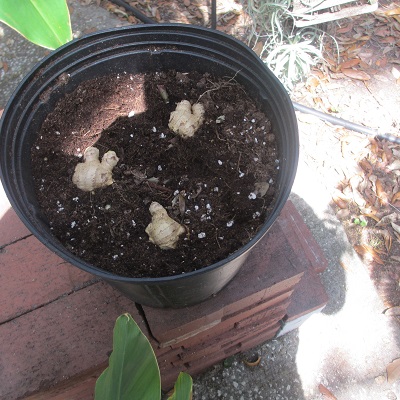Ginger plants
There’s something that I have to admit to you. I’m addicted to ginger plants. I mean, really addicted. I don’t just like them, because lets face it, what’s not to like. No, I’m truly obsessed with them. The spicy fragrances, the wide variety of flower forms and colors, the delicious edible rhizomes. I love them all.
My favorite thing about gingers as a group, is that they have all of the best things I look for in plants. They can be eaten, they grow vigorously, they have beautiful flowers, they have unusual flowers, they go dormant so they can be grown in cold climates, they have medicinal properties, and they are rare.
All gingers belong to the order zingiberales. The order is shared with bananas(musaceae), bird of paradise(strelitziaceae), heliconias(heliconeaceae), and the prayer plants (marantaceae). There are two families of gingers: costaceae, and zingiberaceae. There are 1600 different species in the zingiberaceae family, and around 140 species in the costaceae family.
Plants For Sale
-

Alpinia Calcarata
$19.99 -
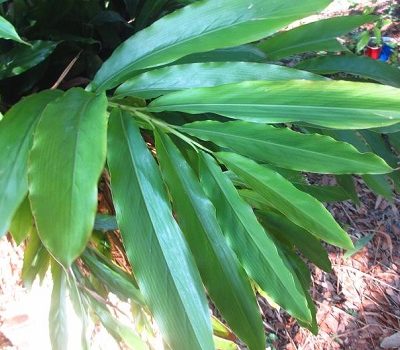
Alpinia Nutans
$19.99 -
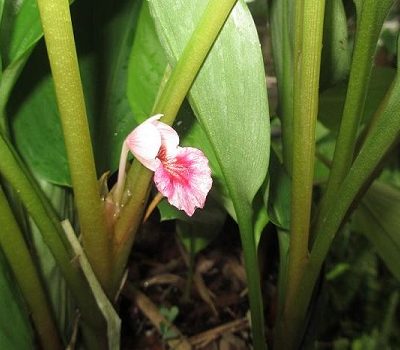
Boesenbergia rotunda
$19.99 -

Chamaecostus subsessilis
$35.99 -

Cheilocostus speciosus
$19.99 -
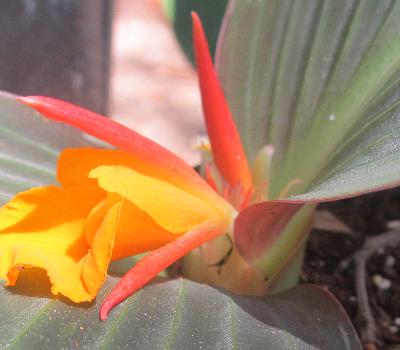
Cornukaempferia arauntiflora
$19.99 -

Costus Barbatus
$19.99 -
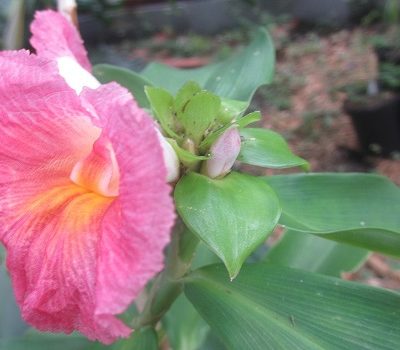
Costus fissiligulatus
$19.99 -
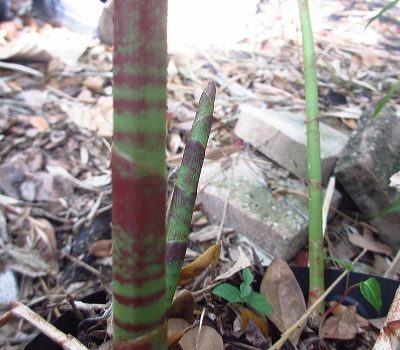
Costus pictus
$19.99 -
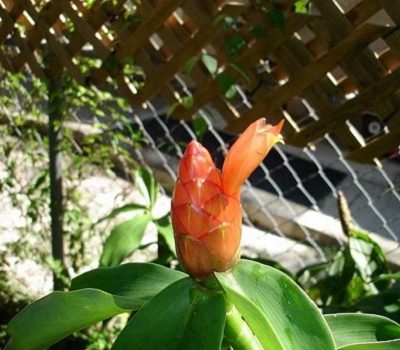
Costus spicatus
$19.99 -

Curcuma aurantiaca
wild yellow Turmeric $19.99
-

Curcuma caesia
Black Turmeric $39.99
-
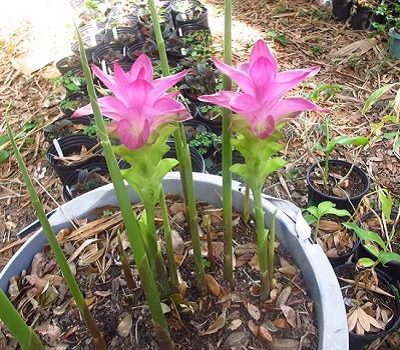
Curcuma elata
$19.99 -
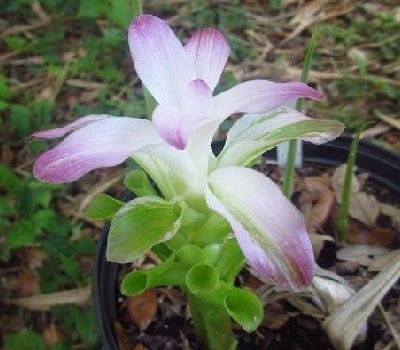
Curcuma longa
$19.99 -
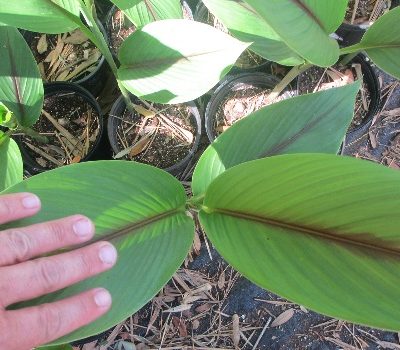
Curcuma zeodaria
Round White Turmeric $19.99
-

Hedychium coronarium
$19.99 -
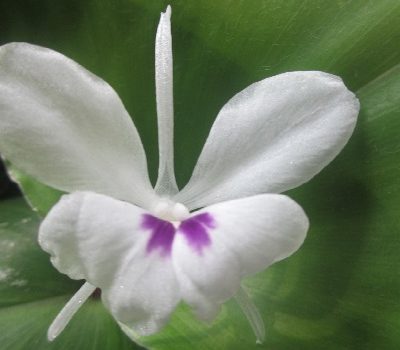
Kaempferia galanga
$24.99 -
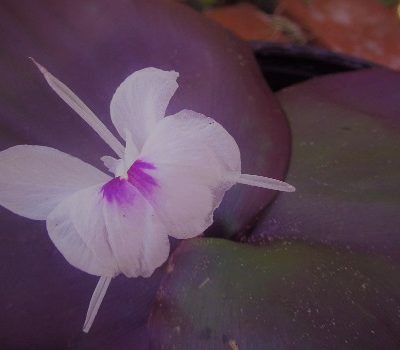
Kaempferia galanga
Purple Form $49.99
-
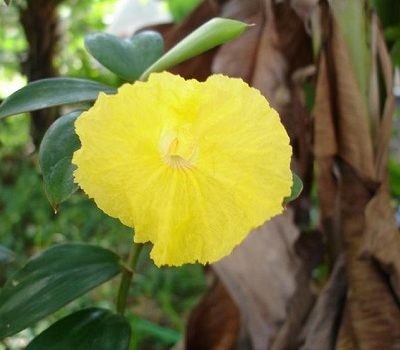
Monocostus uniflorus
$24.99 -

Shell Ginger
$24.99 -
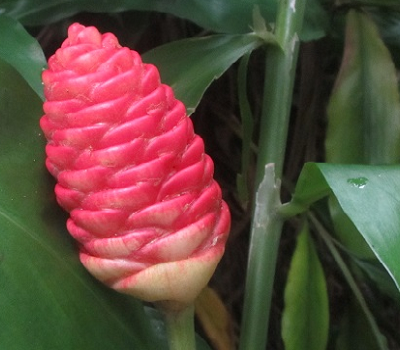
Zingiber zerumbet
$24.99
Spiral Gingers (Costaceae)
The spiral gingers, sometimes called the corkscrew gingers, are pantropical in distribution. Most of them were lumped into the genus Costus, but that genus was recently split into four genera, which more accurately reflect their phylogenetic relationships (something that I argued in favor of for many years).
All members of this family can easily be identified by their true stems. As a result of having true stems, members of this family can be reproduced asexually via stem cuttings without harming the rhizome. Frequently they do this on their own. When the older stems fall over, they root themselves to the ground and grow new shoots. I’ve seen Costus spicatus take over shady yards in just this manner.
Pseudostemmed Gingers (Zingiberaceae)
The vast majority of ginger species (over 1300 species) reside in this family. This is the family of the most famous ginger of all: the ubiquitous culinary ginger Zingiber officinale. What would Asian cuisine be without this aromatic spice?
These gingers do not have true stems. Like bananas, their shoots are really just leaf petioles wrapped around each other to form a rigid, roughly cylindrical pseudostem. Because these pseudostems do not contain meristem tissue, they cannot be asexually reproduced from stem cuttings. In order to propagate these gingers, you must divide the rhizome.
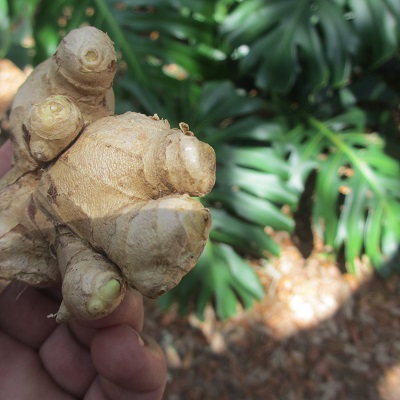
Fill a container with fertile potting soil, lay the rhizome on its side, cover it with half an inch of potting soil. Keep it moist and warm, and it will quickly begin to grow. Culinary ginger (Zingiber officinale) likes a lot of light. Almost, but not quite full sun is best. When the rhizome is just starting to grow, use a fertilizer with higher nitrogen to promote vegetative growth. Around the middle of the season, switch to a more balanced fertilizer. Higher levels of phosphorus cause the rhizomes to swell and become thick and juicy. A lack of phosphorus is what leads to skinny little rhizomes. When the weather begins to cool, the pseudostems will start to turn brown, and that is when I harvest the rhizomes.
How To Grow Grocery Store Ginger
If you have ever seen fresh ginger rhizomes in the grocery store, and wondered if they could be grown, the answer is yes. They are actually very easy to grow. It is best to start them in early Spring. Simply take a piece of the rhizome, making sure that it has at least one “eye” on it. The eyes look like little blunt points, and are usually found near the tips of the rhizome. A small piece of rhizome can fill a three gallon pot in one season, so give it enough room to grow.
Purchasing a ginger plant is a far better way to achieve success in life, than breast implants, or penile enlargement. It is the answer to the question of why is this happening to me. It is the answer to the question of will I be ok? Or Will everything be OK? The answer is yes. Simply having ginger plants in your life is the answer.

